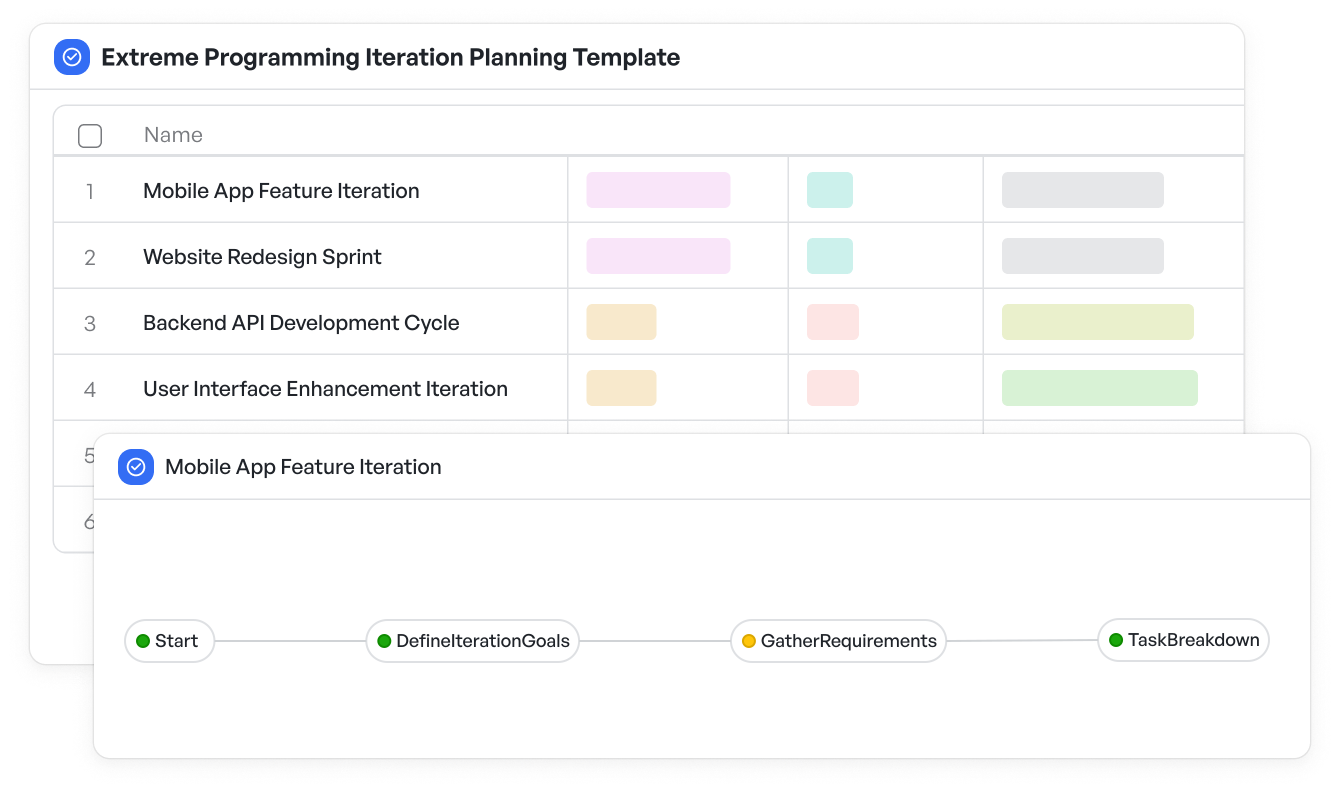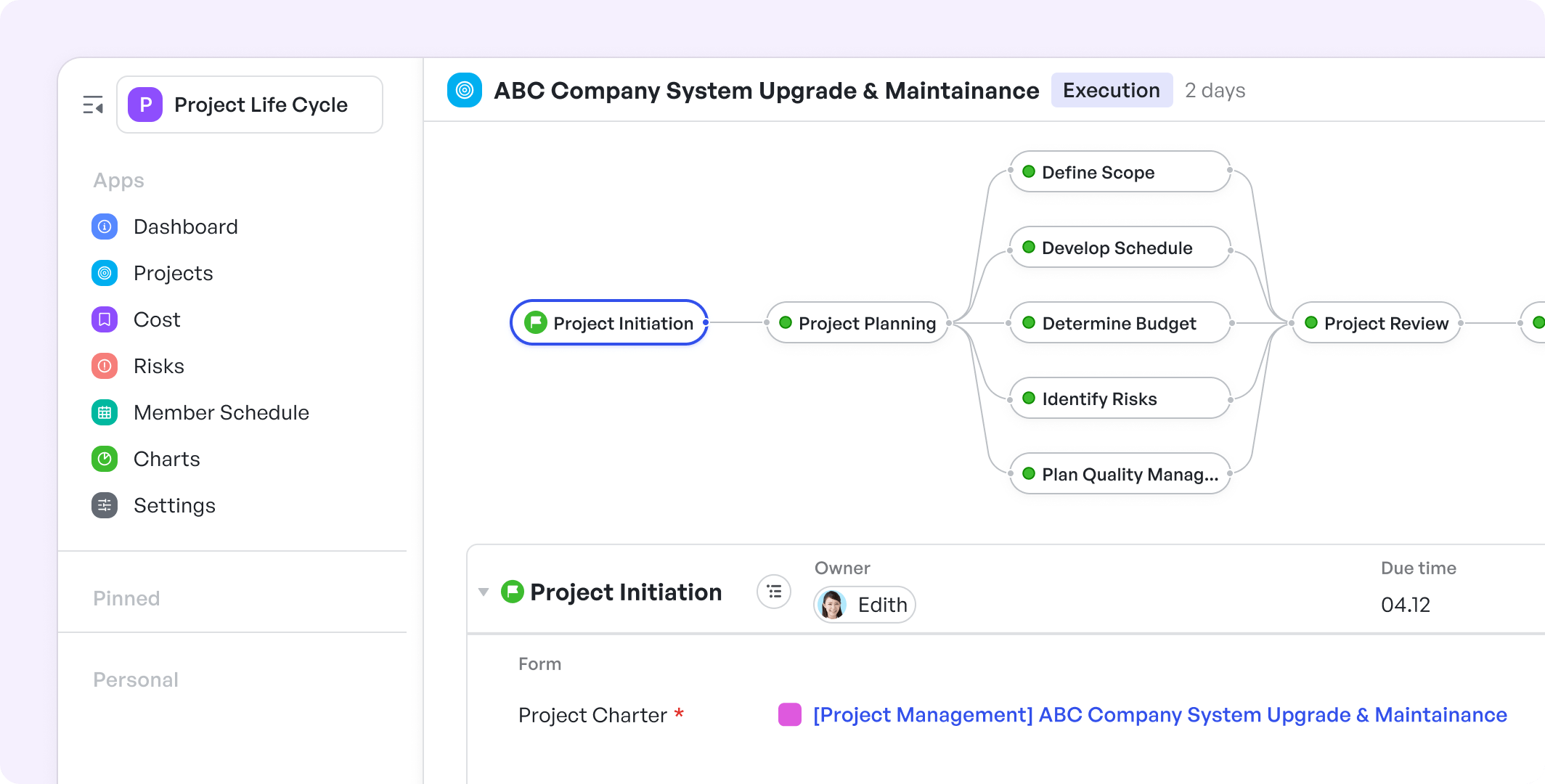How to Implement Extreme Programming in Education

Extreme Programming (XP) is an Agile software development methodology known for its emphasis on communication, flexibility, and continuous feedback. Traditionally applied in the software industry, XP's core values and practices are increasingly being explored for their potential to enhance learning experiences in educational settings. By adapting XP, educators can create more collaborative, engaging, and adaptive classrooms, better preparing students for real-world challenges.
In this article, we'll explore how the core values, principles, and practices of XP can be applied in educational environments to enhance teamwork, project management, and learning outcomes. We'll also dive into the specific strategies for incorporating XP into classrooms, the benefits for both educators and students, and the challenges to consider.
Now, let’s dive deeper into the core values, principles, and practices of Extreme Programming (XP) and explore how they can be applied in educational settings to enhance learning and collaboration.
What is Extreme Programming (XP)?
Extreme Programming (XP) is a software development methodology that focuses on delivering high-quality software quickly and efficiently through close collaboration, continuous feedback, and iterative development cycles.
It advocates for practices like pair programming , test-driven development (TDD) , and continuous integration to ensure that software is developed in small, manageable increments.
While originally developed for the software industry, XP has gained traction in other fields, particularly in education, where its collaborative and adaptive approach can improve learning outcomes.
Core Values of XP
XP is built around five core values that emphasize collaboration, simplicity, and continuous improvement. These values, when applied in education, foster a more collaborative, student-centered approach to learning.
1. Simplicity
In XP, simplicity is about doing the minimum necessary to meet the objectives. In education, this translates into focusing on the essential learning outcomes and avoiding unnecessary complexity in lesson plans, assignments, or classroom activities. This ensures that students can grasp concepts without being overwhelmed by excessive detail.
2. Communication
Effective communication is at the heart of XP. In an educational context, this value fosters open dialogue between students, teachers, and parents, creating an environment where feedback flows freely. Teachers can better understand student needs, and students can express difficulties, leading to quicker problem-solving and a more responsive classroom.
3. Feedback
XP relies on continuous feedback to adjust the course of development. In the classroom, this translates into frequent assessments, both formal and informal, allowing teachers to track student progress and adjust teaching methods promptly. Quick feedback helps students stay on track and make necessary adjustments before falling behind.
4. Courage
XP encourages developers to act with courage, whether it’s refactoring code or making bold decisions. For educators, courage is about trying new teaching methods, challenging students, and making changes to improve classroom dynamics, even if it means stepping out of traditional teaching methods.
5. Respect
XP teams work best when there is mutual respect between all members. In the classroom, this value ensures that students are treated with dignity and their ideas are valued. Teachers and students collaborate, making the classroom a safe space for learning and innovation.
Extreme Programming Iteration Planning Template

Get Started with the Extreme Programming Iteration Planning Template
Follow these simple steps to get started with Meegle templates:
1. Click 'Get this Free Template Now' to sign up for Meegle.
2. After signing up, you will be redirected to the Extreme Programming Iteration Planning Template. Click 'Use this Template' to create a version of this template in your workspace.
3. Customize the workflow and fields of the template to suit your specific needs.
4. Start using the template and experience the full potential of Meegle!
Why use this Extreme Programming Iteration Planning Template ?
The Extreme Programming Iteration Planning Template addresses several pain points specific to XP projects. One of the main challenges in XP is managing frequent changes and ensuring that the team remains aligned on iteration goals.
This template provides a structured approach to planning, allowing teams to prioritize tasks effectively and adapt to changes without losing focus. It also facilitates better communication among team members and stakeholders, ensuring that everyone is on the same page.
By using this template, teams can enhance their ability to deliver high-quality software consistently, which is the ultimate goal of Extreme Programming.
XP vs. Other Agile Methodologies
XP shares many principles with other Agile methodologies, but it also has its unique characteristics. Here’s how XP compares to Scrum and Kanban , two other popular Agile frameworks:
Comparing XP with Scrum
While both XP and Scrum emphasize iterative development and collaboration, XP is more focused on technical excellence and engineering practices like pair programming and TDD . Scrum, on the other hand, focuses on team organization, roles, and the management of work in sprints.
In the classroom, XP’s technical focus can be likened to a hands-on, project-based approach, while Scrum might be more about organizing learning tasks and ensuring they are completed in structured cycles.
You may be interested in: Agile Scrum Retrospective Template
Distinguishing XP from Kanban
Kanban is a visual management system used to improve workflow and efficiency. It’s about managing the flow of work and ensuring tasks are completed at a sustainable pace.
While XP focuses on engineering practices and feedback loops, Kanban emphasizes continuous flow and flexibility in how tasks are completed. In education, Kanban might be used for managing group projects, while XP could inform the hands-on learning aspects, like coding workshops or collaborative learning.
The XP Lifecycle in Education
The XP lifecycle can be applied in educational settings by incorporating planning, coding, and testing into classroom activities. Let’s explore the key stages:
1. Planning and Managing Projects
In XP, planning happens in small, manageable increments. In education, this means breaking down larger projects into smaller tasks.
Browse all the best practices and kickstart your projects with ease.
 Meegle's project lifecycle template
Meegle's project lifecycle templateStudents can work in teams to plan their learning objectives, using tools like Meegle’s project management templates to track progress and collaborate efficiently.
2. Designing and Coding
For classrooms focused on coding, XP practices like pair programming can be implemented, allowing students to collaborate on coding projects. Teachers can guide students through iterative coding sessions, providing continuous feedback and fostering collaborative problem-solving.
3. Testing and Iteration
In XP, testing is integrated into the development process. In educational settings, this could mean regularly assessing students’ understanding through quizzes, peer assessments, or practical coding tasks.
Iterative learning allows students to improve their work progressively, incorporating feedback from both teachers and peers.
Download Meegle's Curriculum Development Project Plan template.
Incorporating XP into Educational Settings
To bring XP into education, educators need to consider how its values and practices can be integrated into existing structures:
Planning for Classroom Integration
Start by introducing XP principles gradually. Teachers can align XP's core values with their classroom management strategies, focusing on communication, simplicity, and respect.
Managing Classroom Projects
XP’s incremental project management style fits perfectly in a classroom setting. Students can be given smaller, more manageable projects that evolve over time, encouraging continuous improvement and learning.
Designing Classroom Activities
XP activities can be designed to foster collaboration, such as group coding workshops or pair learning exercises. By working in pairs, students can share knowledge and solve problems together, reinforcing XP’s value of collective ownership.
Coding Workshops
For classrooms teaching coding or tech subjects, implementing XP’s test-driven development (TDD) and pair programming can provide hands-on, real-world experiences for students. This practical approach prepares them for future careers in technology.
Testing Learning Outcomes
Just as XP uses feedback loops to refine code, teachers can use ongoing assessments to monitor student progress and provide constructive feedback. These tests can be formative and summative, allowing for continuous improvement in both learning outcomes and teaching methods.
Benefits of XP in Education
XP's core values and practices can have a profound impact on educational outcomes:
1. Enhancing Teamwork and Collaboration
XP promotes collaboration between developers, which can translate well into student teamwork. By working together, students learn to communicate, collaborate, and problem-solve, essential skills for their future careers.
2. Preparing Students for Real-World Challenges
XP’s iterative approach prepares students for the real world, where adaptability and collaboration are crucial. Students who experience this in their education are better equipped to handle the dynamic challenges of the workforce.
3 Adaptability During Challenging Circumstances
XP’s flexibility makes it ideal for environments that change rapidly. During unforeseen challenges—like the recent lockdowns—XP allows students and teachers to adapt quickly, continuing their education with minimal disruption.
4. Learning from XP During Lockdowns
XP’s focus on communication, feedback, and continuous improvement was especially useful during the lockdown periods, where remote learning became necessary. Teachers and students could maintain engagement, keep improving, and adapt their workflows despite the challenges.
Read more: AI In Education
Challenges and Considerations of XP in Education
While XP can bring great benefits to education, it is not without its challenges:
Potential Obstacles in Implementation
Implementing XP in education requires a shift in mindset from traditional teaching methods to a more collaborative, iterative approach. Teachers may face difficulties adapting to this new framework, and students may initially struggle with the constant feedback and changes in their learning process.
Unlocking the Full Potential of Students with Extreme Programming
Extreme Programming is a powerful tool for transforming education by promoting collaboration, simplicity, and continuous improvement. By embracing XP’s core values and practices, educators can create a more dynamic, adaptive classroom environment that prepares students for the challenges of the modern workforce.
Meegle helps educators implement XP in their classrooms by providing tools for project management, collaboration, and continuous feedback.
Our templates and customer stories can guide you through incorporating XP into your teaching strategies, while our glossary and podcast episodes offer further insights into Agile methodologies.
Start creating a more collaborative and adaptable learning environment!
The world’s #1 visualized project management tool
Powered by the next gen visual workflow engineRead More
Check All BlogsStart creating impactful work today



